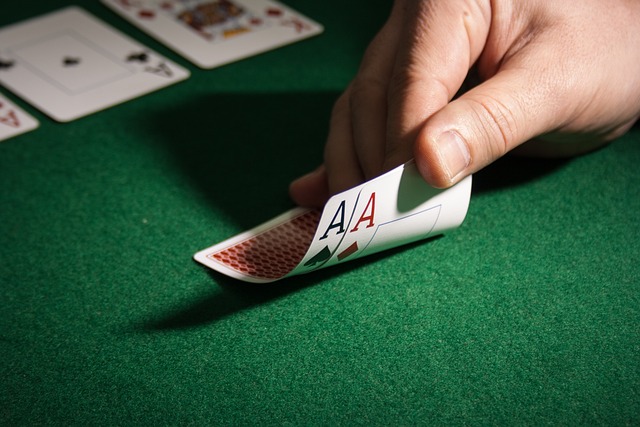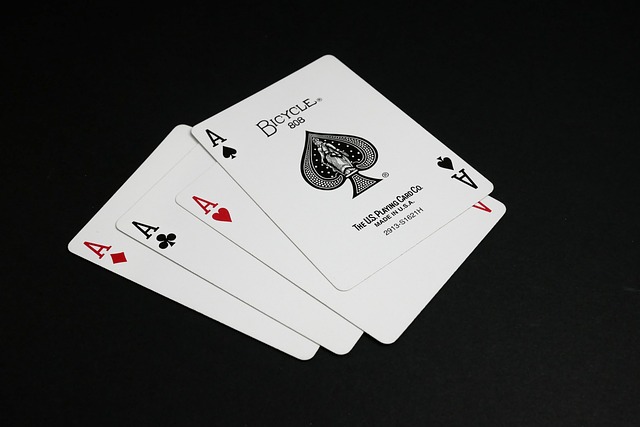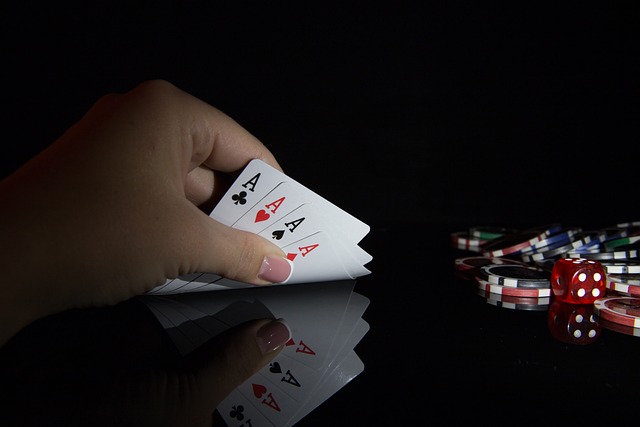The history behind backgammon
Backgammon is one of the world’s oldest games, which in various variants can be traced back several thousand years to Egypt, the Roman Empire and Persia. The rules of the game as we know it today were first written down in English in the year 1743 by Edmond Hoyle.
Backgammon online
Online, the game takes place as a faithful copy of the board version – it’s just faster and more manageable to play online.
The screenshot shows a picture of the backgammon board.
In the following, you can get information that can support your strategy when you play:
- Own and opponent’s pips. (The total number of spaces the pieces must be moved before they are all in house).
- Own and opponent’s rating. (Raised/decreased each time a player wins/loses a game).
This information can help determine when to double down, fold, or play aggressively or cautiously.
Backgammon rules

The purpose:
To bring all of one’s pieces to the home country and then remove them from the board. The winner is the one who gets his pieces removed from the board first.
Hit and move:
ver player rolls with two dice in turn and must move what the eyes show. If you hit two of a kind, it counts double, i.e. as four dice. You move your pieces counter-clockwise towards your home country – and you can land on any point where there are not at least two of the opponent’s pieces. You may move the same piece for both dice, but you must “intermediate” on an unblocked point.
Knock home and bring in:
A piece that stands alone on a point is called a blot. If the opponent’s piece lands on a blank, the blank is hit (hit home) and placed on the fence. Whenever a player has one or more pieces on the board, the first task is to bring the pieces into the opponent’s home country. A checker is brought in by moving it to an open point corresponding to the number on the rolled die. If a player e.g. rolls 3 and 5, that person can bring a checker onto the opponent’s three-pointer or five-pointer, as long as the point in question is not occupied by two or more of the opponent’s checkers. If none of the spikes are open, the player loses the turn. If a player can bring in some but not all of his pieces, that player must bring in as many as possible and then give up the rest of his turn. When the last of the player’s pieces are brought in, any unused faces on the die must be played.
Removing pieces:

Once a player has moved all of his fifteen pieces to his home country, the player can start taking them out. A player takes out a checker by hitting the number corresponding to the point on which the checker is placed and then removing the checker from the board. If there is no piece on the point that was beaten, the player must make a legal move with a piece on a higher numbered point. If there are no checkers on the higher numbered points, the player may remove a checker from the next highest point. A player is not required to take pieces if he can make another move. A player must have all of his active pieces inside his home country in order to take them out. If a checker is hit during the draw, the player must return the checker to the home country before the draw is continued.
Gammon and backgammon:
When one player has taken out all his pieces, the player has won. If at this point the opponent has not taken out a single piece, the winner has won a gammon, and the loser must pay double (points or money) the original bet – possibly multiplied by the value of the double die.. If the opponent still has pieces on the fence or in the winner’s home country when the game is over, the winner has won a backgammon – and thus triple the value of the double die.
